The Mystery of Hy-Brasil - The Disappearing Island
Hy-Brasil, also known as Brasil (and a few other variant spellings) is a legendary island said to have existed off the coast of Ireland. Supposedly, it's shrouded in mist almost all of the time, the mist lifting for only one day every 7 years (I wonder if Thomas & Friends: Misty Island Rescue got ideas from it...). So, is there any truth to this legend, or is it the fairytale it initially sounds like?
From Ancient-Origins:
From Ancient-Origins:
Wikipedia claims that Captain John Nesbit was a fiction, although that doesn't discount the other claims. From Historic Mysteries:
So... what do you think? This is just one of many weird mysteries in our world.
Hy-Brasil island probably once existed, but what happened to it?
When discussing underwater lore and legends, Atlantis is an obvious subject of interest. However, the lost island of Hy-Brasil (or Hy Brasil) is just as intriguing and has more first-person accounts.
Hy-Brasil is also spelled Hy Brasil, Hy-Breasal, Hy-Brazil, Hy-Breasil, Brazir, and related variations. It may be the reason that the South American country, Brazil, was so named. The central image on the Brazilian flag, a circle with a channel across the center, is the symbol for Hy Brasil island on early maps.
Map of Abraham Ortelius 1570, cropped, showing Brasil island west of Ireland. Public domain.
The name of the mysterious island may come from the Middle Ages term brazil, which seems to indicate a source of rare red dye. The dye may have acquired its name from the legendary island, or vice versa. Or, the name, also called the Fortunate Island, may originate with the old Irish word, breas, meaning noble or fortunate.
Irish Folklore About the Island
In folklore, this island country takes its name from Breasal, the High King of the World, in Celtic history. He may or may not be related to Bresal Echarlam mac Echach Baethlaim, from the stories of Lugh at Tara. He was not St. Breasal, although pre-Christian folklore may be the foundation for that saint’s legends.
The mysterious island was noted on maps as early as 1325, when Genoese cartographer Angelino Dalorto, a.k.a., Angelino Dulcert, placed the island west of Ireland. On successive sailing charts, it appears southwest of Galway Bay.
On some 15th century maps, islands of the Azores appear as Isola de Brazil, or Insulla de Brazil.
Map of Angelino Dulcert, 1339 shows Hy-Brasil in upper left west of Ireland. Public domain
After 1865, Hy-Brasil appears on few maps since its location could not be verified.
Regardless of the name or location, the island’s history is consistent. It is the home of a wealthy and highly advanced civilization. Those who visited the island returned with tales of gold-roofed towers and domes, healthy cattle, and opulent citizens.
The Irish legend of the disappearing island is equally fascinating. For example, it is shrouded in fog or perhaps beneath the ocean, and the island appears only briefly, once every seven years.
Many people have visited the island for centuries. Both Saint Barrind and Saint Brendan found the island on their respective voyages, and returned home with nearly identical descriptions of Hy-Brasil, which they dubbed the “Promised Land.”
Documented Encounters of Brasil Island
One of the most famous visits to Hy-Brasil was in 1674 by Captain John Nisbet of Killybegs, Co. Donegal, Ireland. He and his crew were in familiar waters west of Ireland, when a fog came up. As the fog lifted, the ship was dangerously close to rocks. While getting their bearings, the ship anchored in three fathoms of water, and four crew members rowed ashore to visit Brasil island.
Captain Nisbet and his crew spent the day on the island and returned with silver and gold given to them by an old man who lived there. Supposedly, the captain told of large black rabbits and a magician who lived in a castle by himself on the island, however, it appears the story was the fiction of an Irish author, Richard Head.
Upon the return of the crew to Ireland, a second ship set out under the command of Alexander Johnson. They, too, found the hospitable Irish island and returned to confirm the tales of Captain Nisbet and crew.
The last documented sighting of Hy-Brasil was in 1872, when author T. J. Westropp and several companions saw the island appear and then vanish. This was Mr. Westropp’s third view of the Irish island, but on this voyage he had brought his mother and some friends to verify its existence.
Evidence of an Island
Researchers and archaeologists have searched in the most likely locations west of Ireland, and there is evidence that islands existed there. Shallow-water shells have been found at Porcupine Bank, somewhat northwest of the most likely location of the Irish island. Even further north, similar shells were discovered at Rockhall.
Other islands exist near Cornwall, England, the Isles of Scilly. There is evidence that the islets were once one much larger land mass, and that rising tides that occurred around 400-500 AD inundated the land to form smaller islands. There may also be other geological forces at work that stem from the last ice age. Those forces involve the earth’s rising mantle around Scotland, which may be pushing down and submerging nearby land areas.
Map showing submerged land masses where Hy Brasil may have been located. Public domain.
Researchers indicate that “The whole of southern England has been steadily sinking in opposition to post-glacial rebound in Scotland: this has caused the rias (drowned river valleys) on the southern Cornish coast, e.g. River Fal and the Tamar Estuary,” (Dudley, Dorothy. “Excavations on Nor’Nour in the Isles of Scilly, 1962–6”, The Archaeological Journal 1967).
So, there is evidence of geological land mass changes in that part of the Atlantic Ocean. Those changes may have led to Brasil island’s disappearance.
The Mystery Continues
The most distinctive geographical feature of Hy-Brasil, is that it appears on maps as a perfect circle, with a semi-circular channel through the center. The circular perimeter of the island was confirmed by both Saints Barrind and Brendan, who separately walked the shore to determine where the island ended, but never found it. Most likely, they were walking in circles.
Although the legendary Irish island does not have the fame of Atlantis, besides role-playing games, it is a story worth exploring.
Other names for the legendary island: Tir fo-Thuin (Land Under the Wave), Mag Mell (Land of Truth), Hy na-Beatha (Isle of Life), and Tir na-m-Buadha (Land of Virtue). Fourteenth and Fifteenth century maps spell Hy-Brasil as Ysole Brazil, Bracir, and Hy Breasail.
References:
Today I Found Out
Phantom Islands of the Atlantic: The Legends of Seven Lands That Never WereCeltic Myth & Legend: An A-Z of People and Places
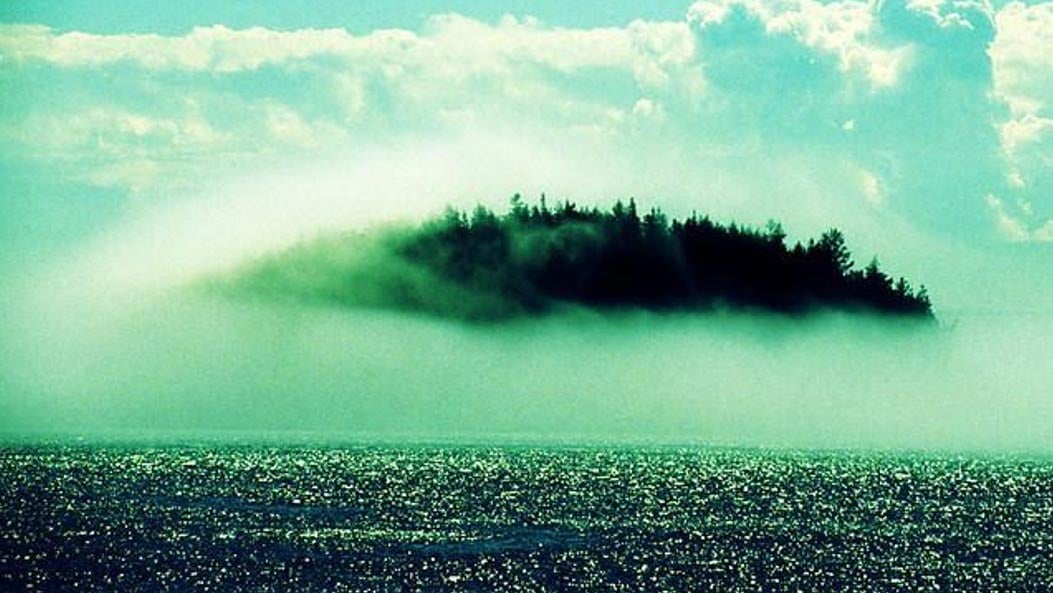
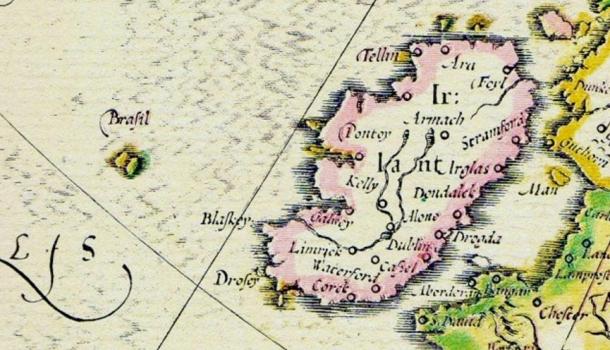
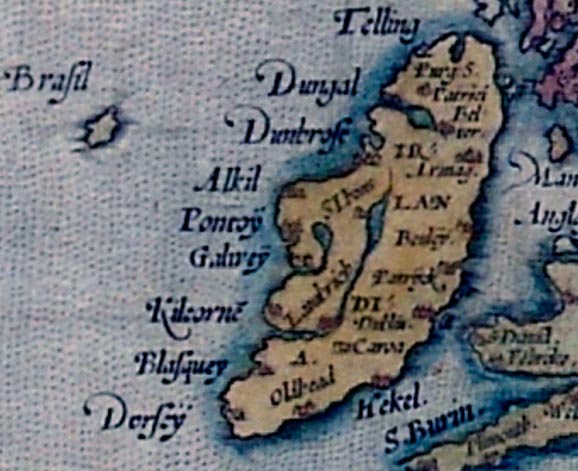
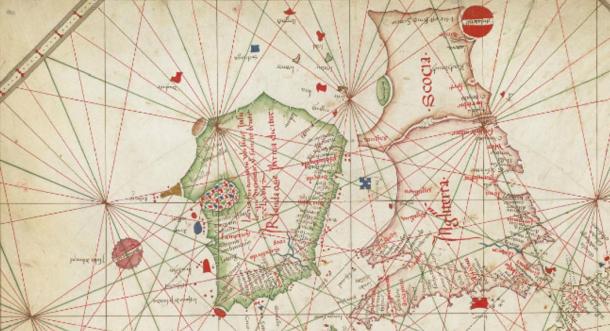
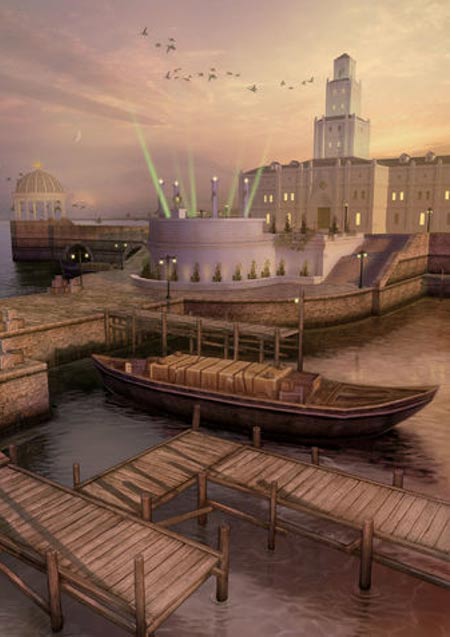
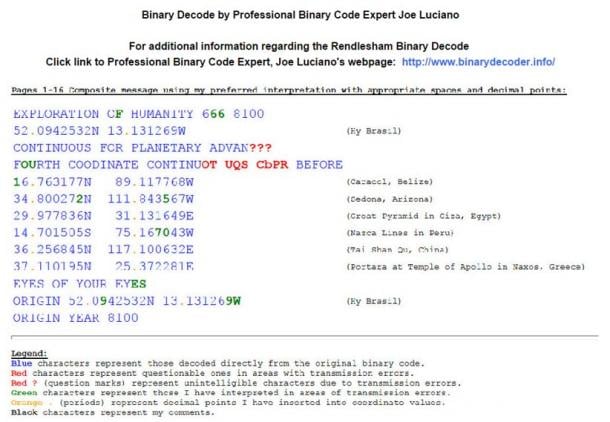
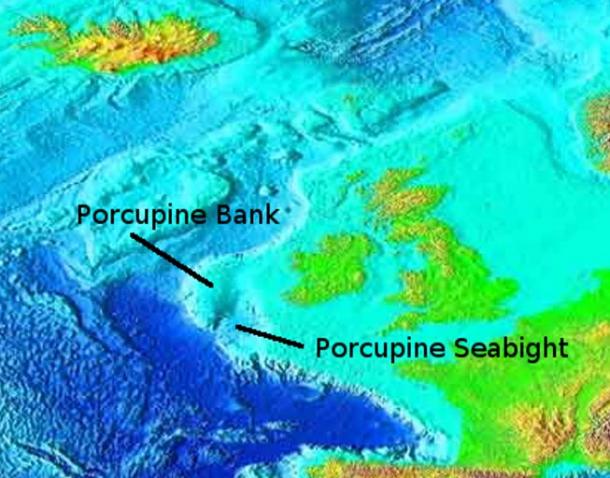
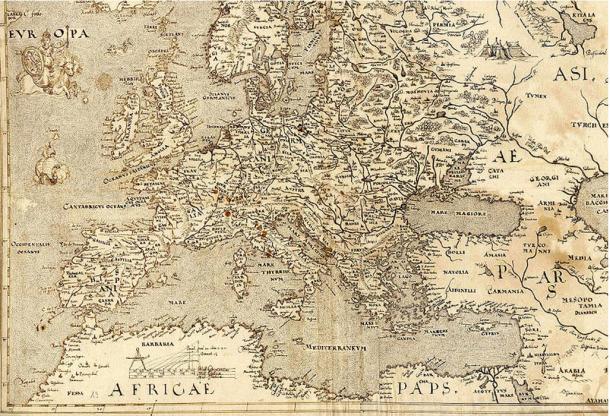



Comments
Post a Comment